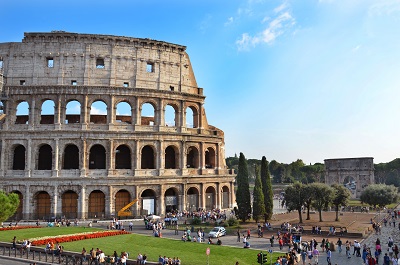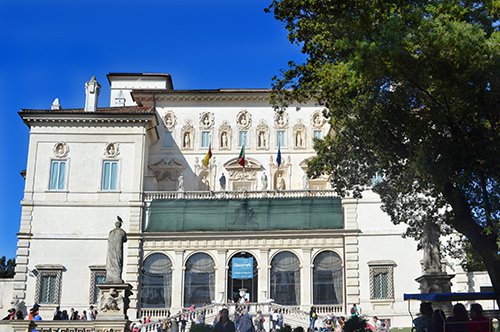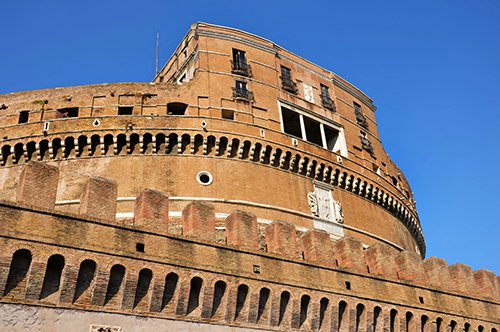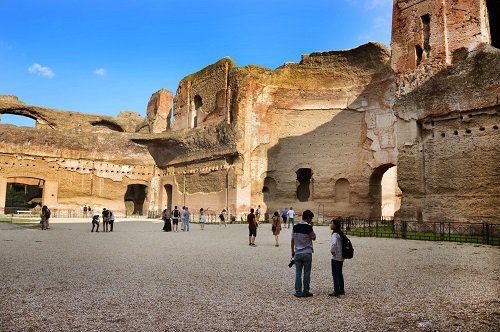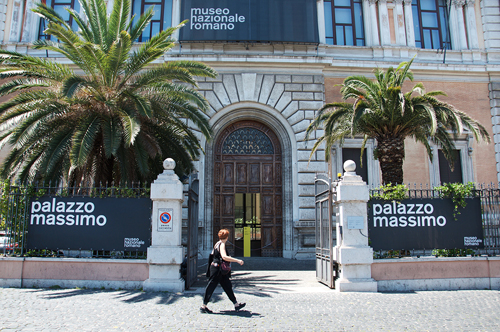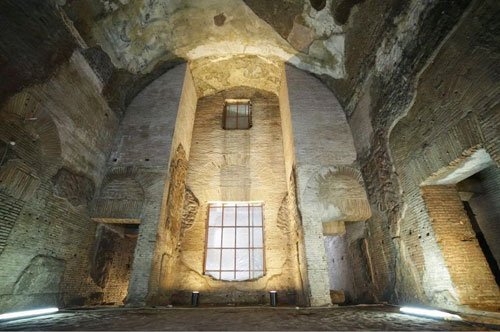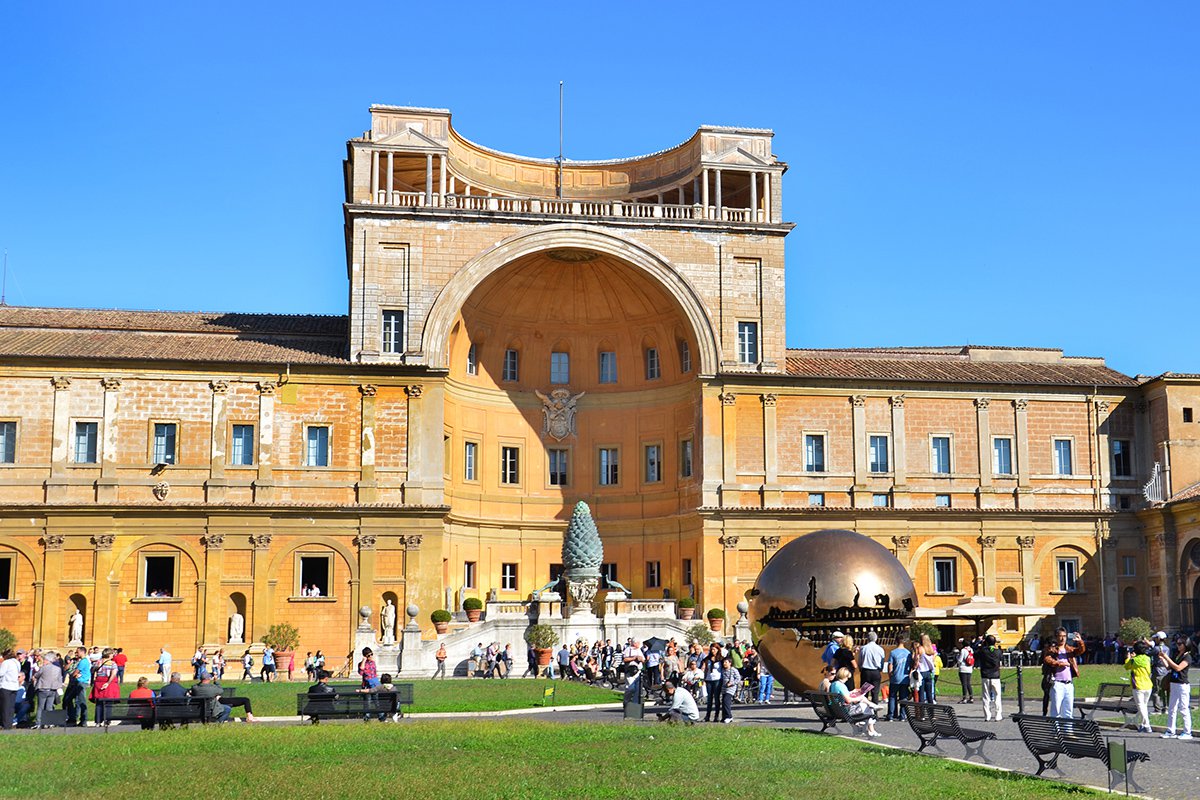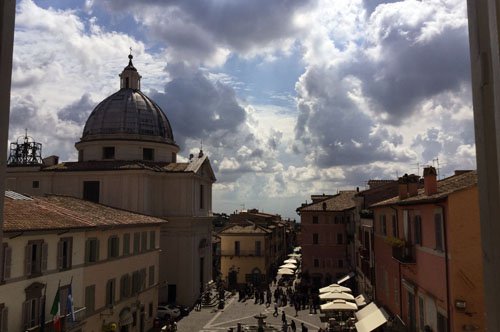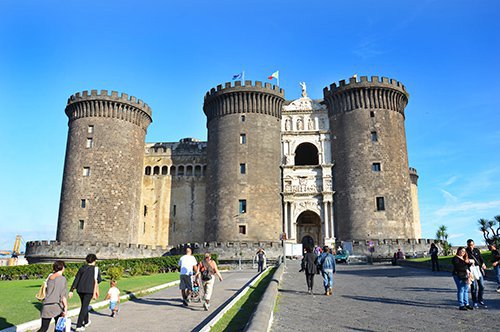Ostia Antica
All Categories
Tickets
Guided Tours
Private Tours
VISIT OSTIA ANTICA: OUR ADVICE
How long should you stay in Ostia Antica?
To optimally visit Ostia Antica, it is advisable to dedicate at least an entire day. This will allow you to calmly explore the extensive archaeological site, admiring the Roman theater, the Baths of Neptune, and the intricate ancient streets. You can also visit the Ostia Museum, which houses numerous historical artifacts, and walk among the remains of ancient dwellings. If you are an archaeology enthusiast, you might consider a second day to delve into lesser-known areas and enjoy a walk among the remains of the port and city walls, reconstructing daily life in ancient Rome.
What is the best time to visit Ostia Antica?
The best time to visit Ostia Antica is in the spring, between April and June, or in early autumn, from September to October. During these months, the climate is mild and pleasant, ideal for exploring the vast archaeological site without the stifling summer heat. In spring, the surrounding vegetation blooms, creating a suggestive atmosphere. Autumn also offers a temperate climate and quieter days with fewer tourists, allowing for a more relaxed and intimate experience among the ancient Roman ruins.
What unusual places can I visit?
Besides the main attractions of Ostia Antica, there are hidden treasures to discover. Visit the House of Diana, with its well-preserved frescoes and fascinating architecture. Explore the Caseggiato degli Aurighi, known for its splendid mosaics. The Mithraeum of Felicissimo offers an intimate view of ancient religious practices. Discover the lesser-known Baths of the Cisiarii, featuring intricate marine-themed mosaics. Finally, stroll along the Decumanus Maximus, pausing in the small alleys to observe lesser-known but equally fascinating architectural details.
USEFUL INFORMATION
Language
Italian
Prefix
+39
Currency
€ Euro
Time zone
UTC+1



